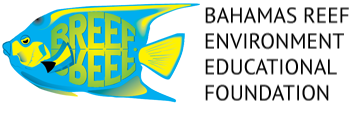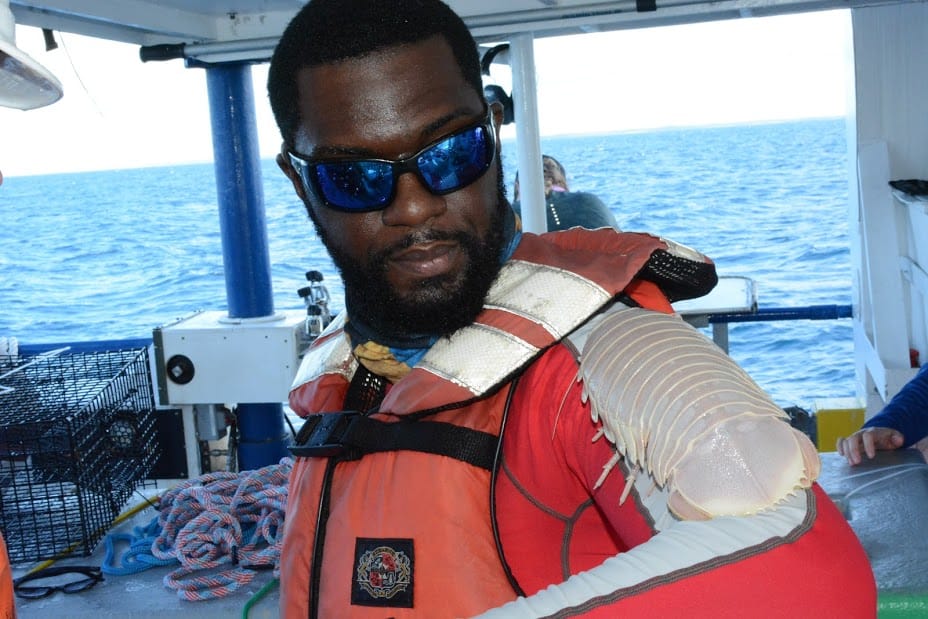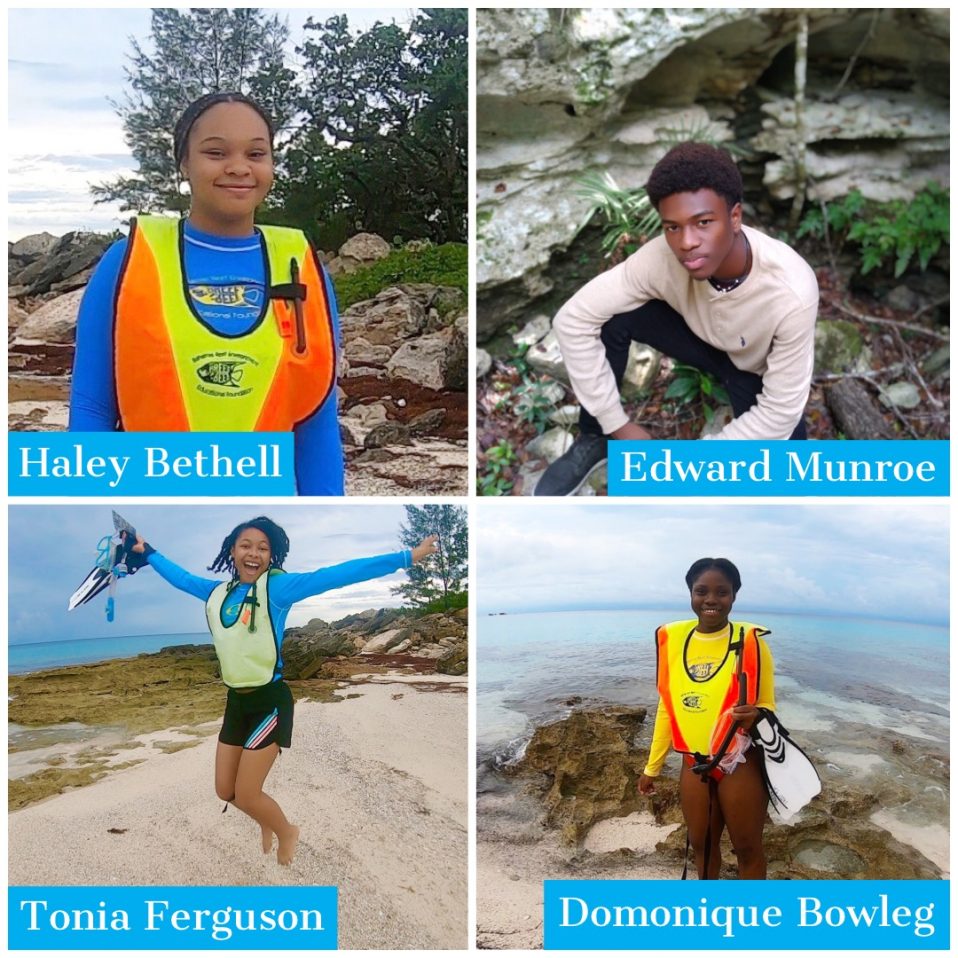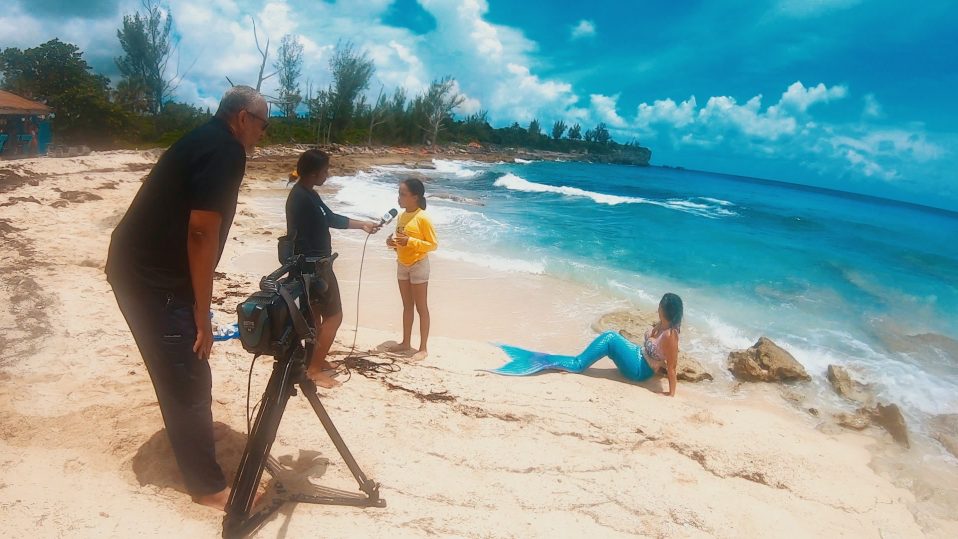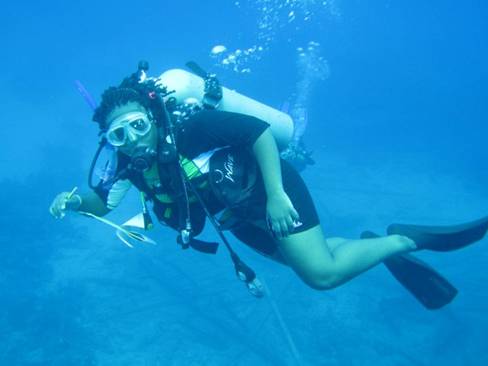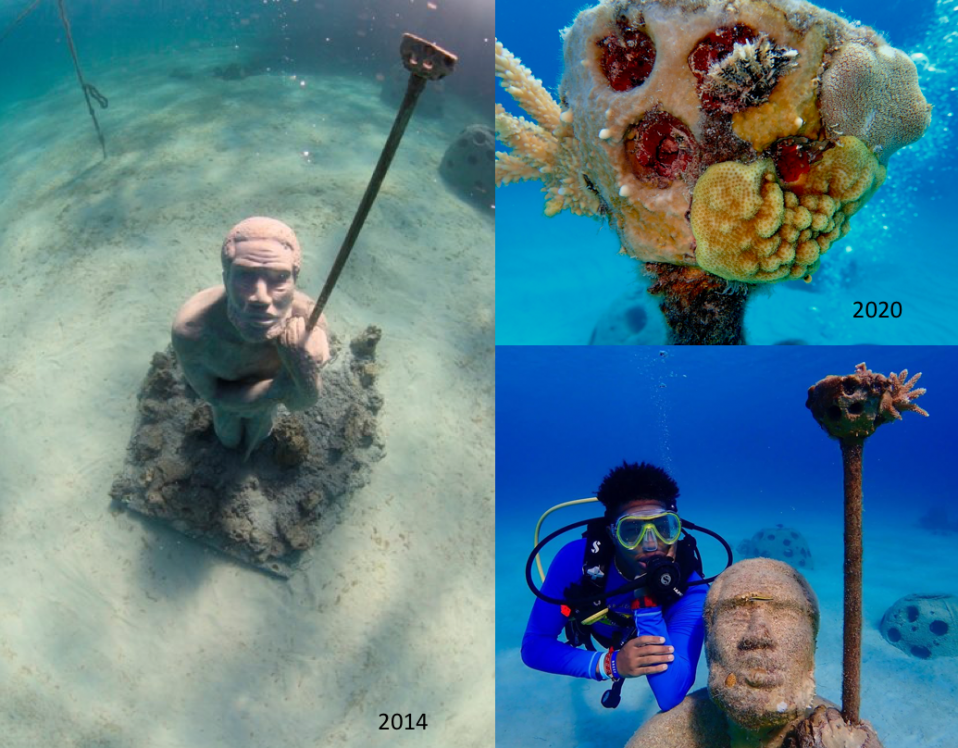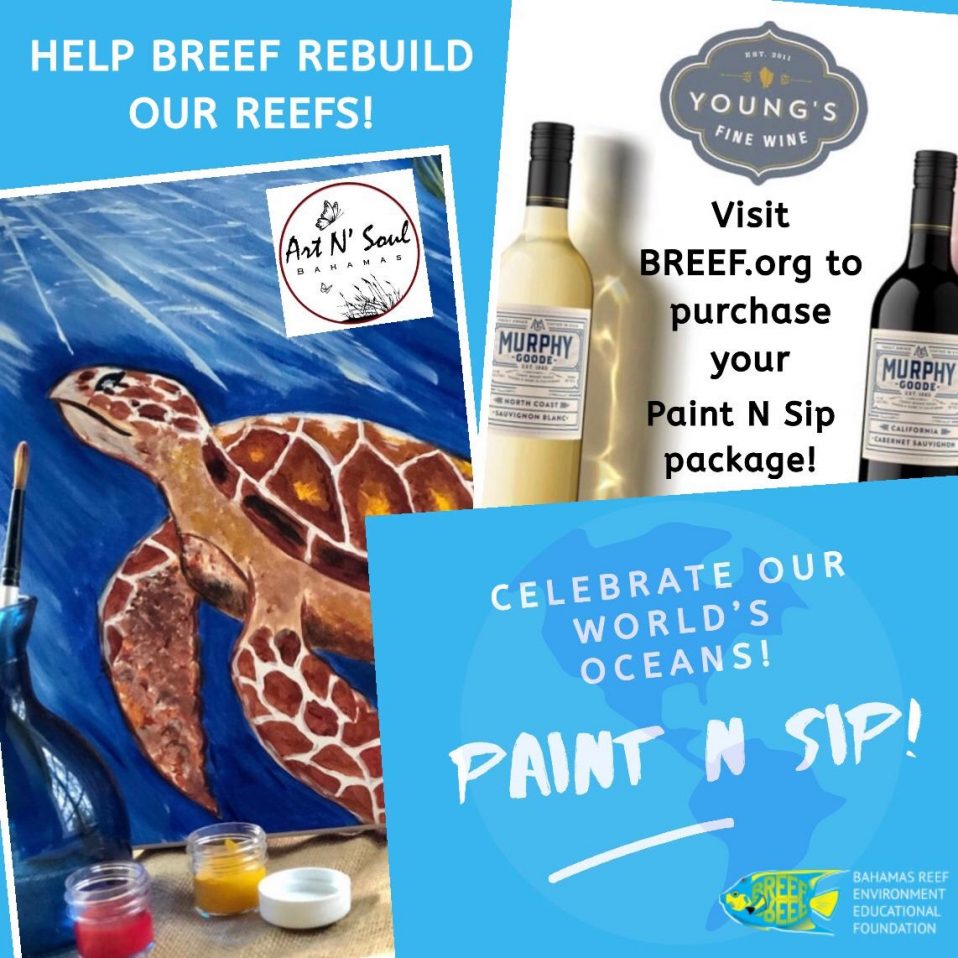On July 25th, 2020, the island of Mauritius experienced a devastating environmental disaster. A Japanese-owned ship carrying 4,000 tons of fuel oil hit a coral reef in a marine sanctuary. Twelve days later as the ship began to break a part, 1,000 tons of oil leaked into the surrounding marine environment.
“The oil leak from the stranded ship caused severe damage to the people of Mauritius, and the economy of which largely relies on tourism and the beautiful ocean,” said Noriaki Sakaguchi, a representative from the Japan International Cooperation Agency.
The amount of oil that leaked into the surrounding seas was relatively low compared to other oil spills around the world. However, it is the location of the spill rather than the size that made this spill so devastating. It was so destructive the Mauritian government declared a national emergency.
The location was in the midst of multiple UNESCO protected corals, turtle nesting grounds, mangrove forests, low lying ebony forests, grasslands and important fish breeding habitats – areas that have been protected for decades.
“The toxic hydrocarbons released from spilled oil will bleach coral reefs and they will eventually die,” said Professor Richard Steiner, an international oil spill adviser and a marine biologist in Alaska, US.
The toxic chemicals will not only destroy marine habitats and kill marine animals; they will also gravely affect the health of many Mauritians. This is heartbreaking to say the least.
The Bahamas is also an island nation that relies heavily on the ocean and tourism. COVID-19 gave us all a glimpse of what a crippled tourism industry looks like. Fortunately, we are coming out of quarantine to crystal-clear waters, beautiful white sand beaches and rich biodiversity.
Could you imagine all that soiled with oil? Well that is the reality for our island friends across the world.
Oil is dangerous on many levels and it is vital that we move away from it. As we are seeing with Mauritius, even a small oil spill can have detrimental, long lasting effects.
Together we must urge our nation leaders to make clean energy decisions before it’s too late. Our future depends on it.
Learn more about the threat of oil drilling in Bahamian waters.

